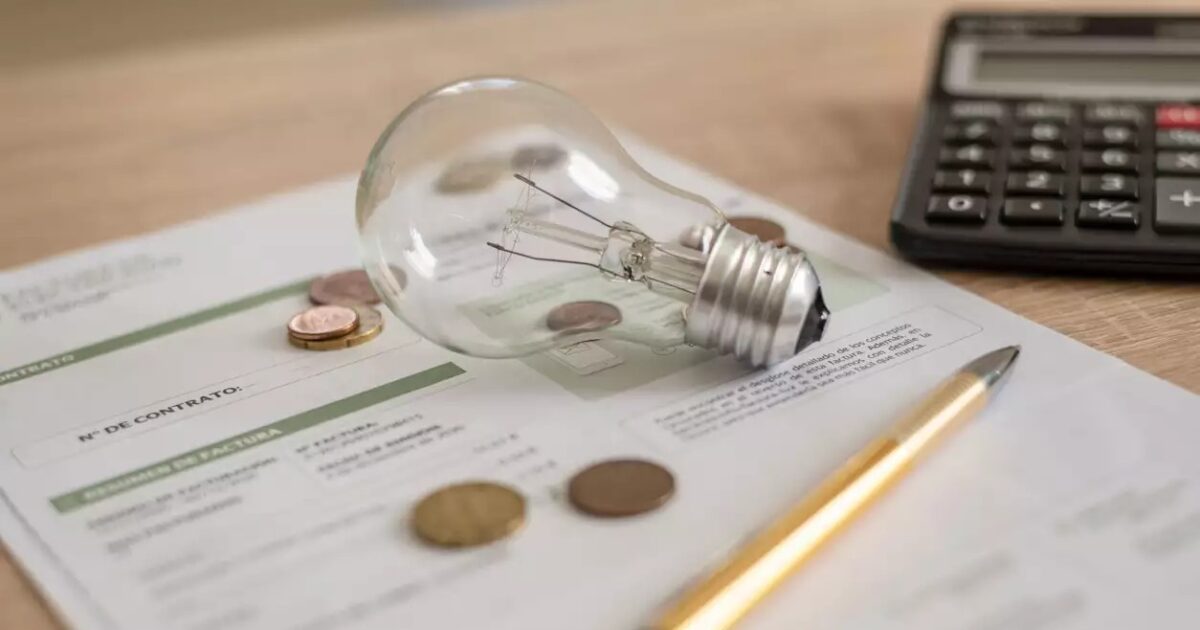From the commercial policy of each company and the cessation of subsidies, the final charges pass on to invoices power that will be required to pay consumers in April.
In March, the wholesale price declined significantly, by about 30%, as a result of improved weather conditions and limited demand. However, market estimates are that electricity invoices in retail will not follow the same downward course, but the reduction will be milder in their own case.
The main reason is that the 1.5 -minute/kWh subsidy that the state has been offering for several months will cease to be the case. The declared goal of RIS is to set final prices up to 15 minutes/kWh on green invoices and for April it is estimated that several products will be found close to this level and without subsidy.
Theoretically, the above means that if a supplier previously gave a price eg. 16.5 minutes and with the subsidy fell to 15 minutes, March will be at these levels anyway, with no difference in what the consumer will pay.
In practice, much will depend on the commercial policy of each supply company. There are some who try to attract customers to green invoices and others that emphasize more on blue. Also, some companies are betting on the spring to make the “broken” winter or vice versa to get out with loud reductions and to boost their clientele.
In any case, suppliers are aware that wholesale prices are now characterized by intense seasonality. They increase significantly in winter and summer, while receiving for a few months in spring and autumn. Thus, companies carefully draw up their strategy over the whole year.
The above is worth adding that a first taste for April came days ago, when Protergia announced that it keeps its green invoice firm at 15.9 minutes. The announcements are expected within the next few days, and on April 1, all prices will be published on April 1st on the website of RAAE.
